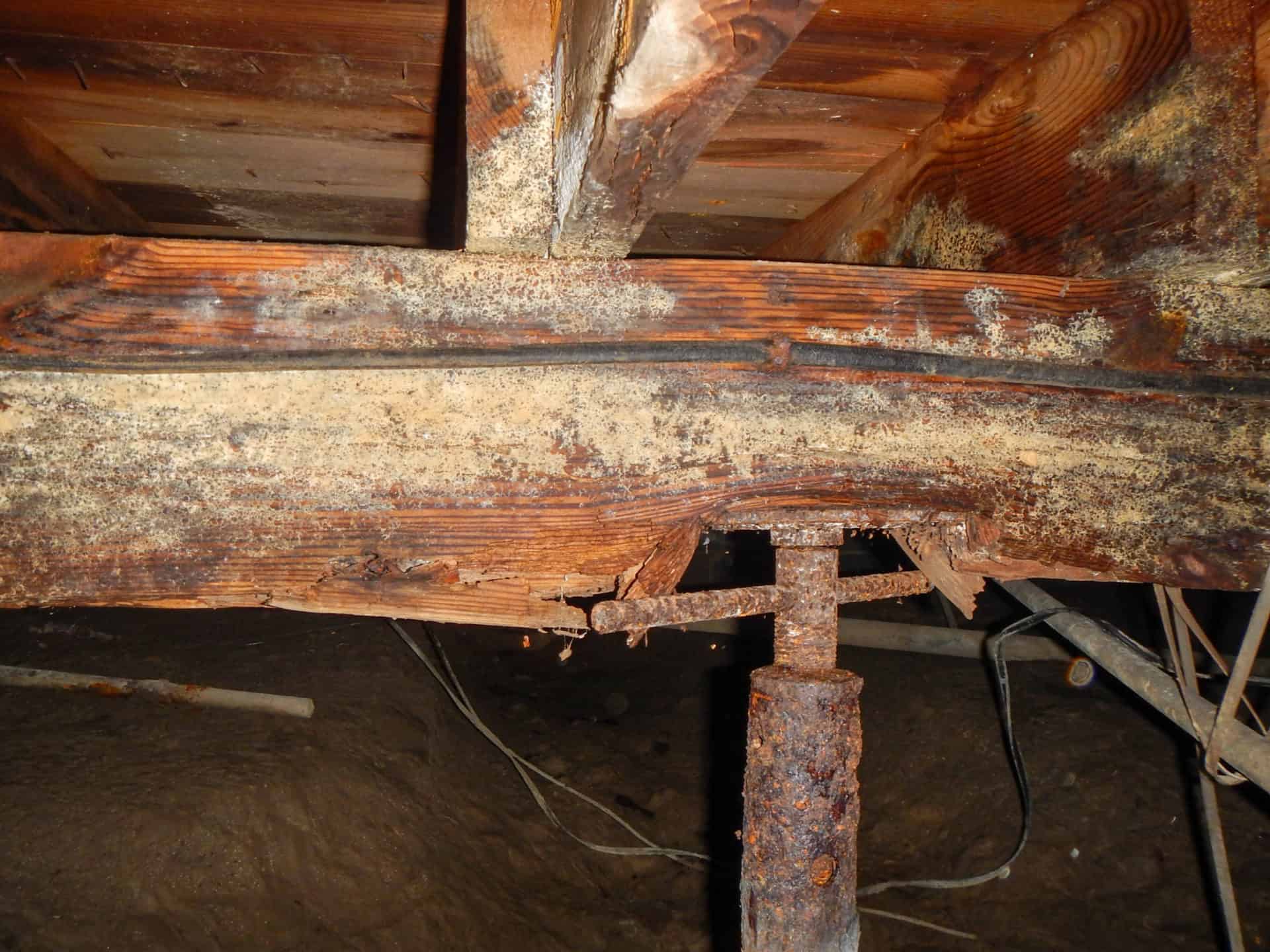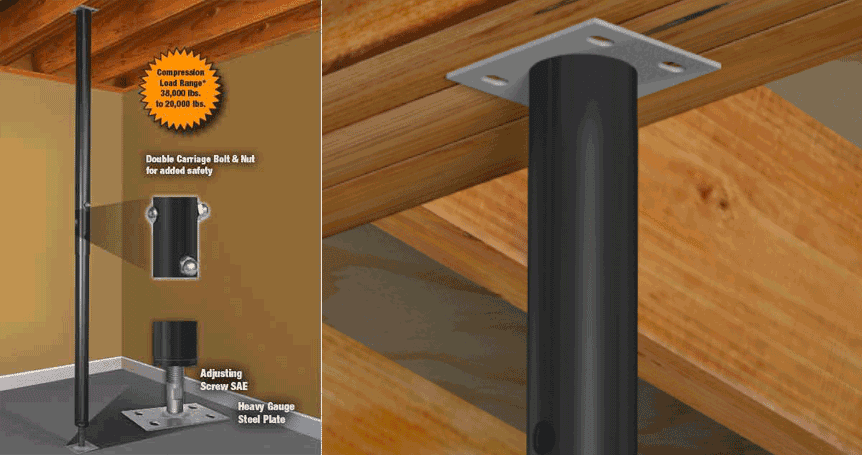Are you noticing floor dips and sagging floorboards? Unfortunately, these can be signs of damaged floor joists that need to be replaced.
Replacing floor joists is complex and difficult work that should always be done by a professional contractor. However, if you’re feeling brave enough to tackle the job yourself, we’ll provide some helpful tips on how to replace floor joists safely and correctly – or at least, it will give you an idea of what you would be stepping into, should you choose not to hire the work out to a professional.
In this article, we’ll share with you reasons your floor joists might need to be replaced, as well as some of the options available to you for getting your floor back to being structurally sound. So get ready for some hard work—let’s get started!
Table of Contents
What is a Floor Joist?
First, let’s go over floor joists and what they do. Floor joists are a part of the components of your flooring system located beneath the floor you walk on. Generally, planks made of solid old-growth trees, and floor joists span the house and work in conjunction with beams in order to support the floor structure of a building and provide stability for an entire floor.
It is typically made from wood, but it can be constructed of steel or other manufactured wood, depending on the needs of the project. Floor joists serve to hold up all the weight above them and keep your floor strong and balanced.
Why Replace Floor Joists?
There are several reasons why floor joists need to be replaced. Let’s look at a few of them and at how you can guess which reason is your culprit.
Rot
One reason floor joists need to be replaced is because of rot. Rot is caused when floor joists become waterlogged over time due to moisture, humidity, standing water, or mold growth and begin to decay.
Floor joists are built to last, but sadly, they sometimes rot anyway. When floor joists rot, they can no longer support flooring and will need to be replaced in order to prevent further damage and keep the floor and building structure safe.
The way you can tell that rot is the culprit is by looking for signs of water damage on the joists themselves, such as stains or mold growth.
Foundation Settlement

Another common reason floor joists need to be replaced is foundation settlement.
When the foundation of a home begins to settle, floor joists can become misaligned and start to crack or break in places. This can cause floor sagging and dips in flooring, leading to structural issues that need to be repaired quickly.
You can tell foundation settlement is the problem by noticing large gaps between floor joists or cracks where they meet the walls or ceiling.
Weakening Over Time
Over time, floor joists may simply begin to weaken due to age or wear and tear from heavy furniture or appliances placed on top of them for an extended period of time.
When floor joists start to weaken, they may sag or break in places, leading to floor dips and instability. You can tell if floor joists are weakening due to age by noticing smaller cracks or sags in flooring over time.
How Do I Replace Floor Joists?
Replacing floor joists is a labor-intensive job that should be done by professionals familiar with this type of repair work. This content is for informational purposes only and should not be a replacement for professional advice. Therefore, please consult a contractor if you are having difficulty replacing floor joists.
Let’s see what’s involved in this job:
Safety First
If you attempt it yourself, take the proper safety measures such as wearing protective eyewear and working gloves when handling tools, as well as using a work light and unplugging any electrical wires before starting any demolition.
Before beginning your floor joist replacement project, inspect the space where the old joist is located for structural problems, pipes, or obstructions so that you have a better idea of what you are dealing with.
Use a Jack Post

Then, in order to replace the floor joist, you will need to bolster up the floor with a jack post (and possibly also a beam of sorts that is temporary). This will lift up the sagging floor in the area where the floor joists need to be replaced. That way, you won’t compromise the structural integrity of the house by removing a necessary floor joist.
A word of caution with using a jack post. Always be sure to use safety and know what you are doing if you are going to bolster the house with this tool. You don’t want to lift too high, or that will also cause structural issues to the home.
Instead, only lift the jack post a fraction of an inch every month or so, until it is at the height it needs to be. Only then can you take out the damaged floor joists causing the structural problems.
Replace the Old Joist
To replace the old joist, you will want to measure the length of the damaged floor joist so that you know how long to make the new joist. Then use a reciprocating saw with a long blade to cut away the floor joist and through all the old nails.
Once you’ve cut away the old floor joist, install the new joist. Slide some contractor’s adhesive to the topside of the new joist, and with the help of at least one more person, hoist the joist into place. Tap it into the old joist’s spot and secure it to the original beam.
Remove the jack post. Finally, double-check all floor joists with a hammer and make sure they are securely attached with no loose nails or cracks in the wood before calling it done.
Conclusion
Replacing floor joists can be a daunting task, but with the right professional contractor by your side and the right knowledge in your back pocket, you can be sure that your floor joist replacement project will go smoothly and result in a safe, secure floor.
Overall, floor joists are an important part of your flooring system and should not be ignored. If you notice signs of damage or degradation, take action right away! With the proper care, floor joists can last for years to come.
Tell us about your floor joist issue in the comments below. Good luck!